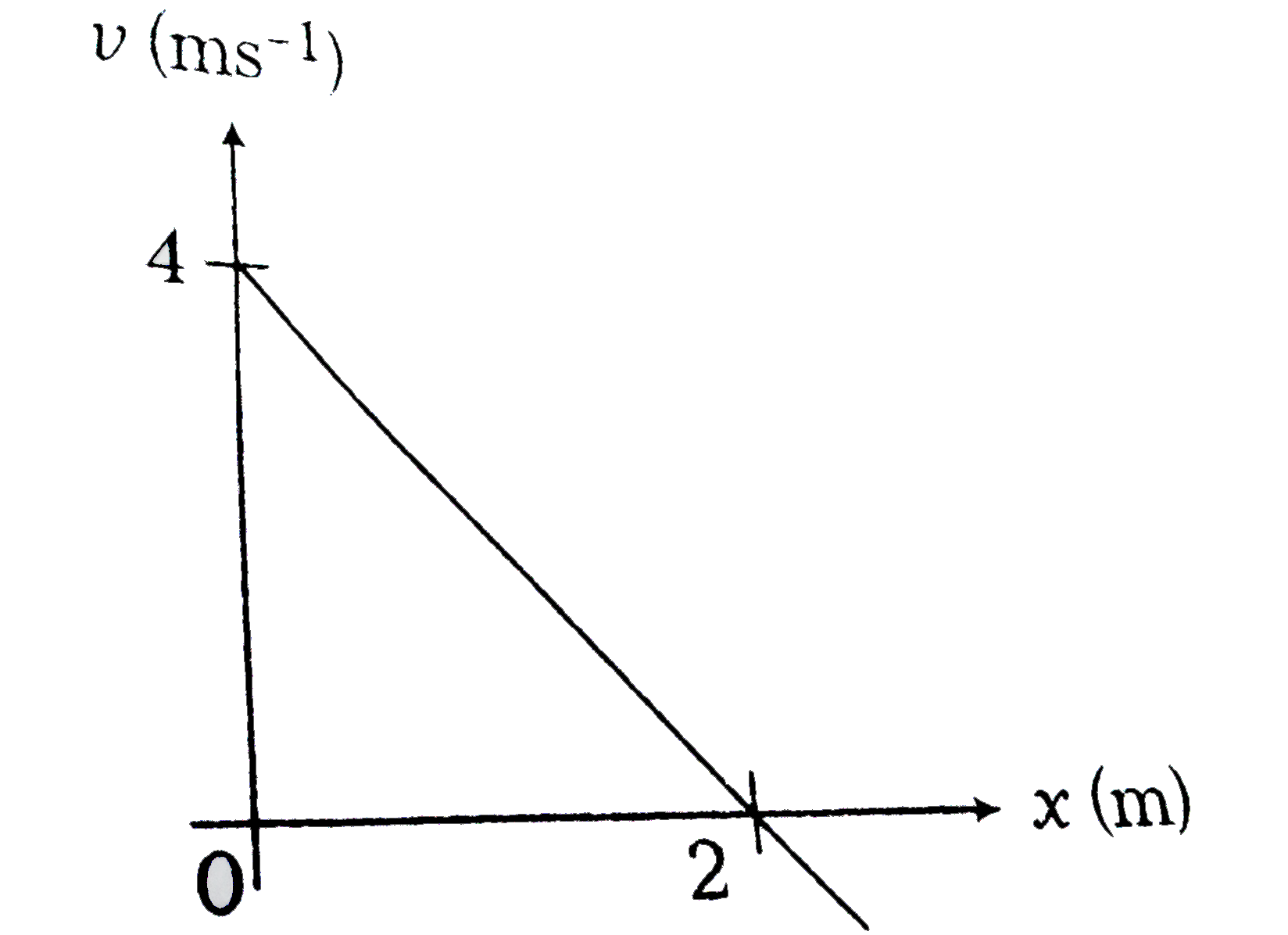A particle is performing a motion on the x-axis with its position given by . The amplitude of particle is
A.
B.
C.
D.
To solve the problem of finding the amplitude of a particle whose position is given by the equation x=A+Bsin(ωt), we can follow these steps:
1. Understand the Equation: The position of the particle is given by x=A+Bsin(ωt). Here, A is a constant, B is the coefficient of the sine function, and ωt represents the angular frequency multiplied by time.
2. Identify the Components: In the equation, A represents the mean position (or equilibrium position) of the particle, while B represents the maximum displacement from this mean position.
3. Define Amplitude: The amplitude of a motion is defined as the maximum distance from the mean position. In the case of simple harmonic motion, the amplitude is the coefficient of the sine function.
4. Extract the Amplitude: From the equation x=A+Bsin(ωt), the amplitude Am can be identified as B. This is because the sine function oscillates between -1 and 1, which means the maximum displacement from the mean position A is B when sin(ωt)=1.
5. Conclusion: Therefore, the amplitude of the particle is B.
Final Answer:
The amplitude of the particle is B.
---
The amplitude of the particle is B.
Similar Questions
The motion of a particle is given by x=Asinωt+Bcosωt. The motion of the particle is
View SolutionA particle executing simple harmonic motion along y -axis has its motion described by the equation y=Asin(ωt)+B. The amplitude of the simple harmonic motion is
View SolutionThe motion of a particle is given by x=Asinωt+Bcosωt. The motion of the particle is
View SolutionThe displacement of a particle along the x- axis it given by x=asin2ωt The motion of the particle corresponds to
View SolutionThe displacement of a particle along the x-axis is given by x=asin2ωt. The motion of the particle corresponds to
View SolutionA particle is moving along the x-axis whose position is given by x=4−9t+t33. Mark the correct statement(s) in relation to its motion.
View SolutionA particle is moving along the x-axis whose acceleration is given by a=3x−4, where x is the location of the particle. At t = 0, the particle is at rest at x=4/3m. The distance travelled by the particles in 5 s is
View SolutionThe displacement of a particle is given by x=3sin(5πt)+4cos(5πt). The amplitude of particle is
View SolutionThe velocity (υ) of a particle moving along X-axis varies with its position x as shown in figure. The acceleration (a) of particle varies with position (x) as

View SolutionA particle executes simple harmonic motion of amplitude A along the x - axis. At t=0, the position of the particle is x=A2 and it moves along the positive x - direction. Find the phase constant δ, if of the equation is written as x=Asin(ωt+δ).
View Solution
